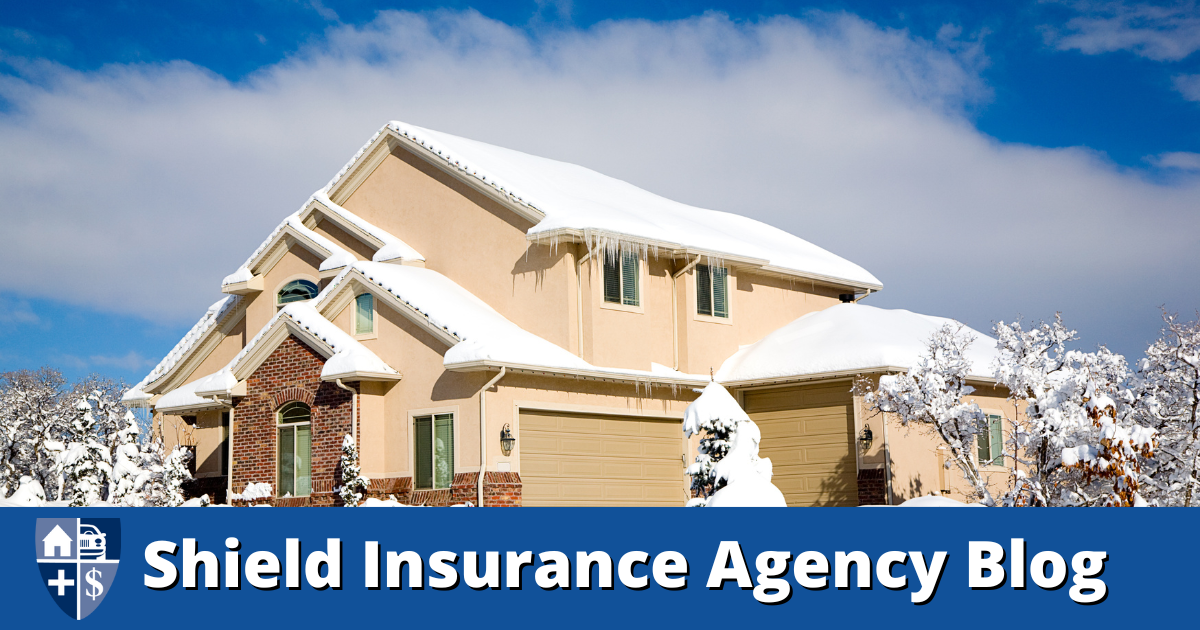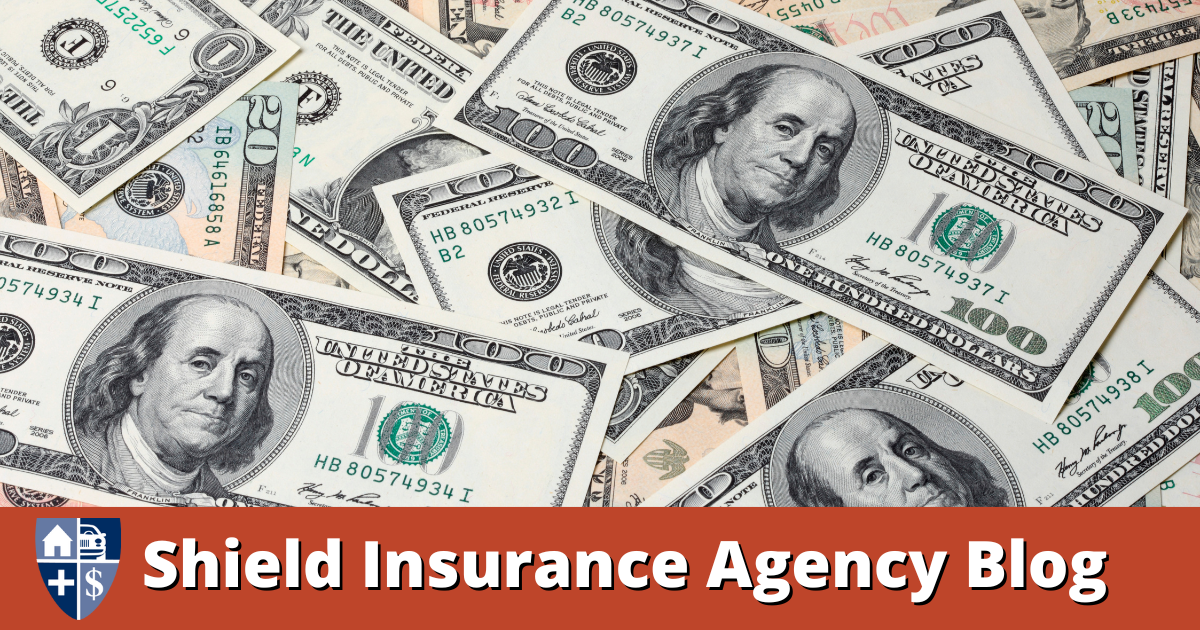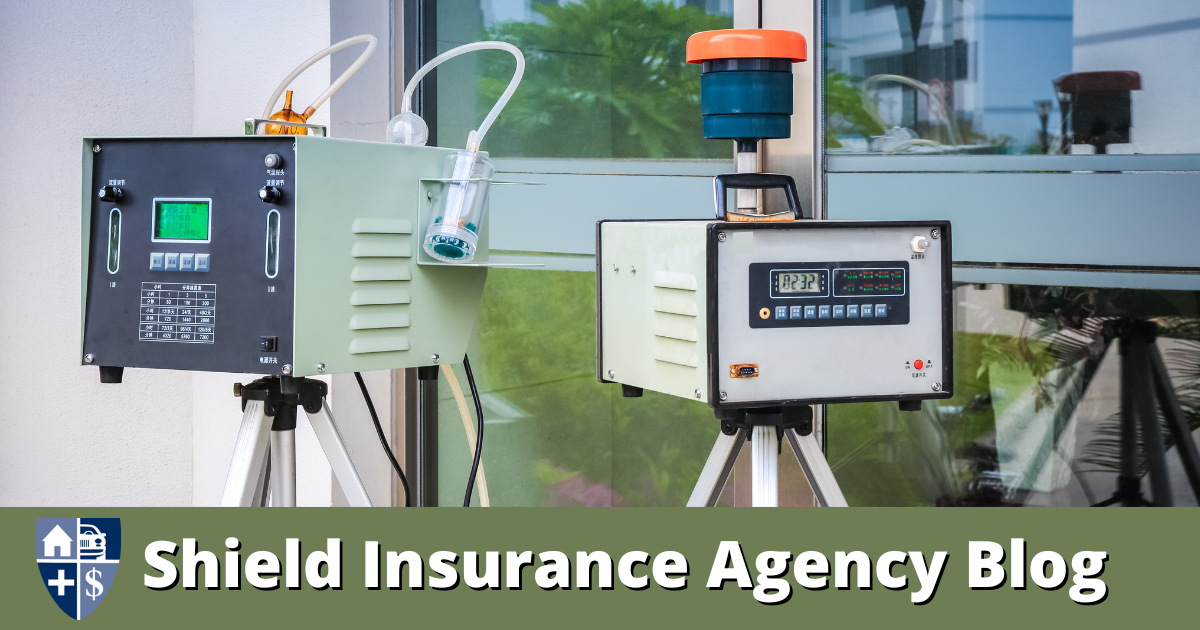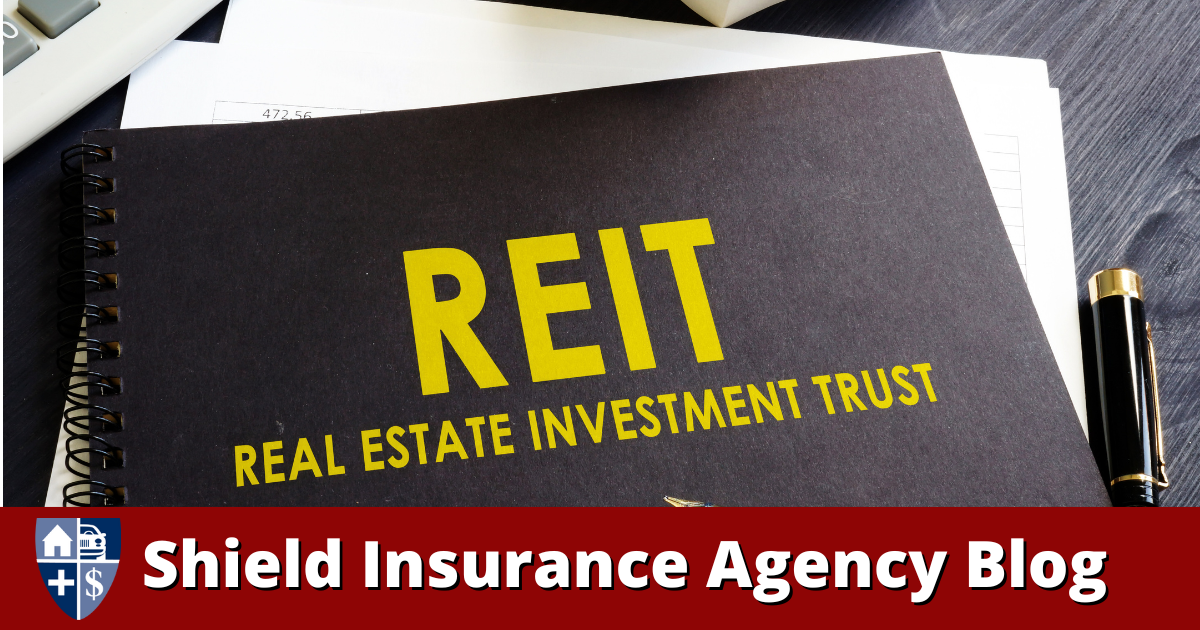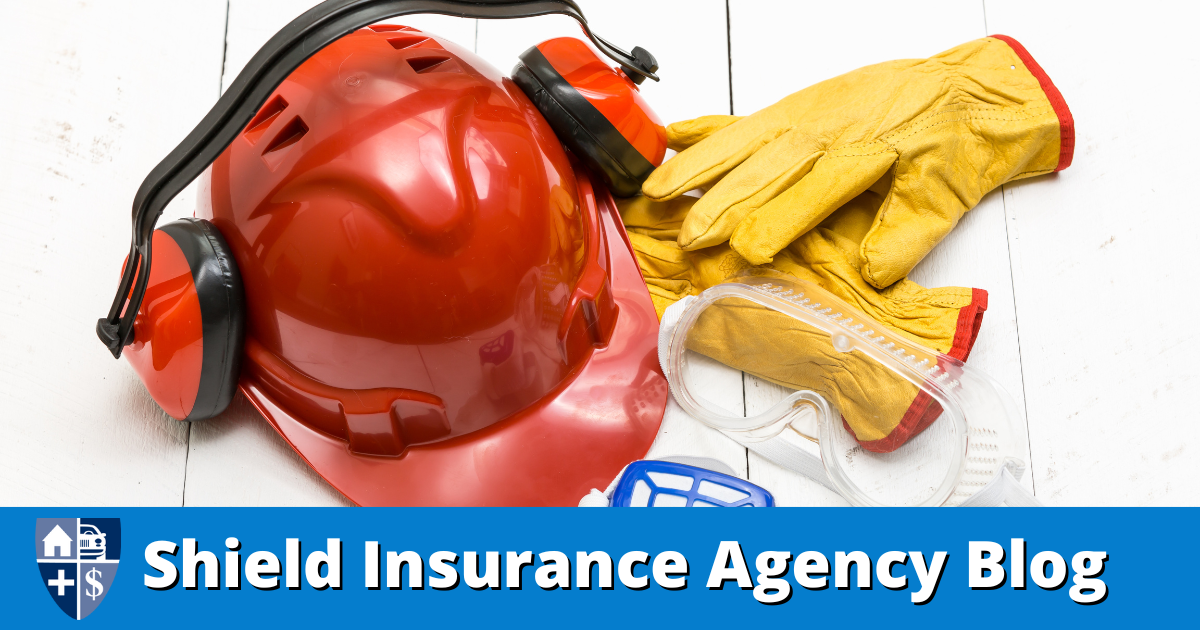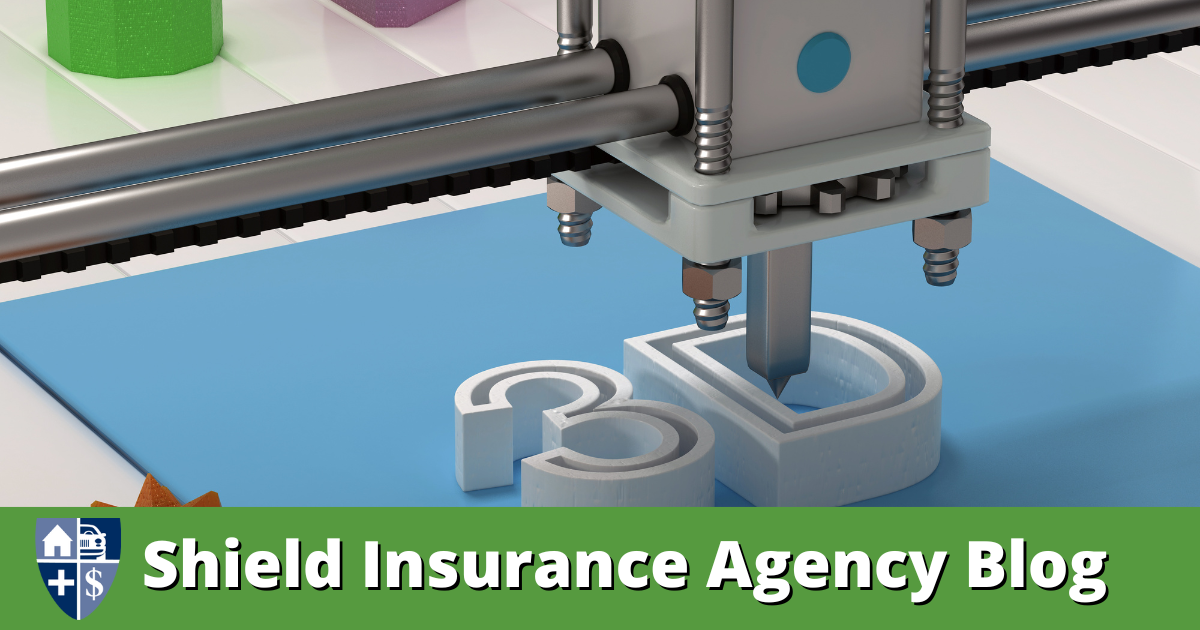
3D Printing and the Construction Industry
Liberty Mutual | 10/24/2022 | 3D Printing | Business Insurance
3D printing and the construction industry: 4 risks to manage
Additive manufacturing (AM) — more commonly known as 3D printing — is the practice of constructing objects using computer-aided drawings (CADs) and 3D printers to create materials that can be used in constructing buildings. The technology for AM is improving every day, with more printing methods and materials being developed for these types of construction. Additionally, load-bearing structures for the civil construction sector may be one of the next innovations in the AM space.
Residential construction has paved the way in 3D printing, but commercial construction, while less common, seems to be gaining ground. For contractors interested in investing in 3D-printing technology, it’s important to understand the risks of this breakthrough innovation — and what you can do to help protect your company.
As technology has improved, so too has demand. The market for 3D homes is expected to increase due to post-COVID-19 pandemic-related supply chain and labor shortages, which have increased timelines and costs for traditional construction. Meanwhile, factors such as increased rental prices and limited inventory have put housing demand on the rise.
Contractors are already starting on residential multistory 3D-printed homes , which could help test use cases for commercial work. One result could be multiuse structures, with retail and office spaces on the ground level and habitational units above. Additionally, the creation of 3D-printed infrastructure, such as this 40-foot steel pedestrian bridge recently unveiled in Amsterdam, could become more common.
However, the increased prevalence of AM in construction also brings increased risk for contractors and builders. In this article, we’ll explain the risks of this breakthrough innovation — and what you can do to help protect your company.
1. Managing contract liability and insurance challenges due to 3D Printing
Projects that leverage 3D printing typically entail partnerships between construction companies, technology firms, and manufacturers specializing in this type of production.
These partnerships are often formalized through a joint venture (JV) agreement. In a joint venture, each party has “joint and several liability,” which means that each member is jointly and severally liable for any damages on the project, regardless of which party causes them.
Projects that leverage 3D printing typically entail partnerships between construction companies, technology firms, and manufacturers. These partnerships are often formalized via a joint venture agreement, which can introduce contractual and insurance challenges.
Joint ventures can introduce contractual and insurance challenges, especially when leveraging a newer technology such as 3D printing, so it is important to understand the risk-management nuances of this type of arrangement.
For example, potential challenges to consider include:
- What happens if 3D-printed work products don’t meet aesthetic and engineered expectations of the project owner? If 3D-printed work products cause harm to someone or damage property, how will the JV respond to injuries and claims?
- How will the JV cover “rework” costs if the project owner does not approve of the 3D-printed aspects of the build?
- As industry standards for 3D-printed building construction are in their infancy, who is responsible for ensuring that the 3D-printed building methods meet the standards outlined by the International Code Council?
- What happens if a claim is filed after the JV is terminated?
Ways to manage contract- and insurance-related challenges include:
- Developing a formal JV contract that clearly outlines:
- the purpose of the joint venture
- the management structure and legal duties of each partner
- the financial arrangements such as capital expenditures and profit distributions
- the anticipated time frame and how and when the contract will terminate
- Establishing how to insure the joint venture. There are different options to consider, which can vary based on cost and impact to each member’s individual policies.
- Working with your legal department and insurance carrier and broker partners to review all contracts and insurance needs





